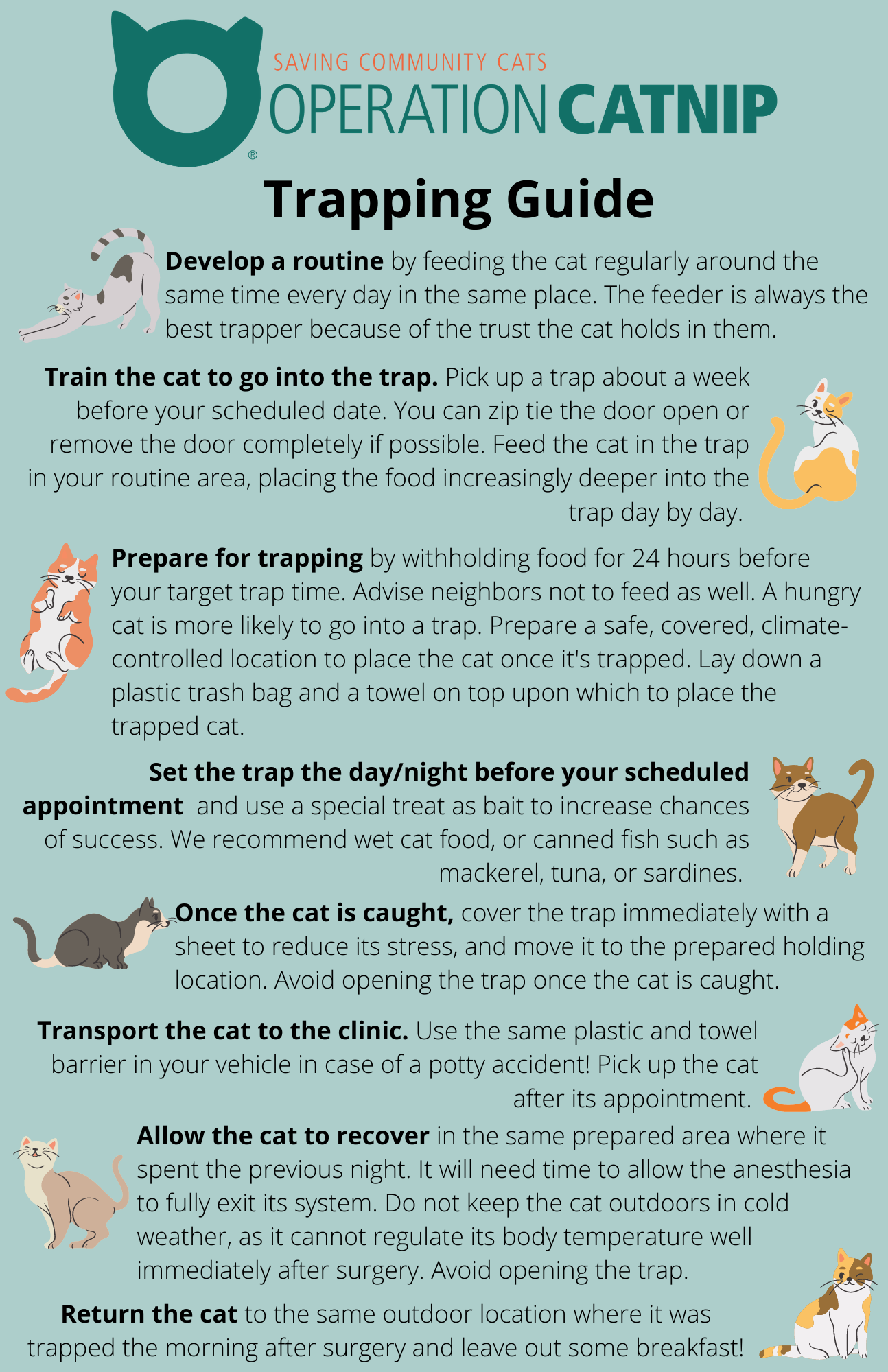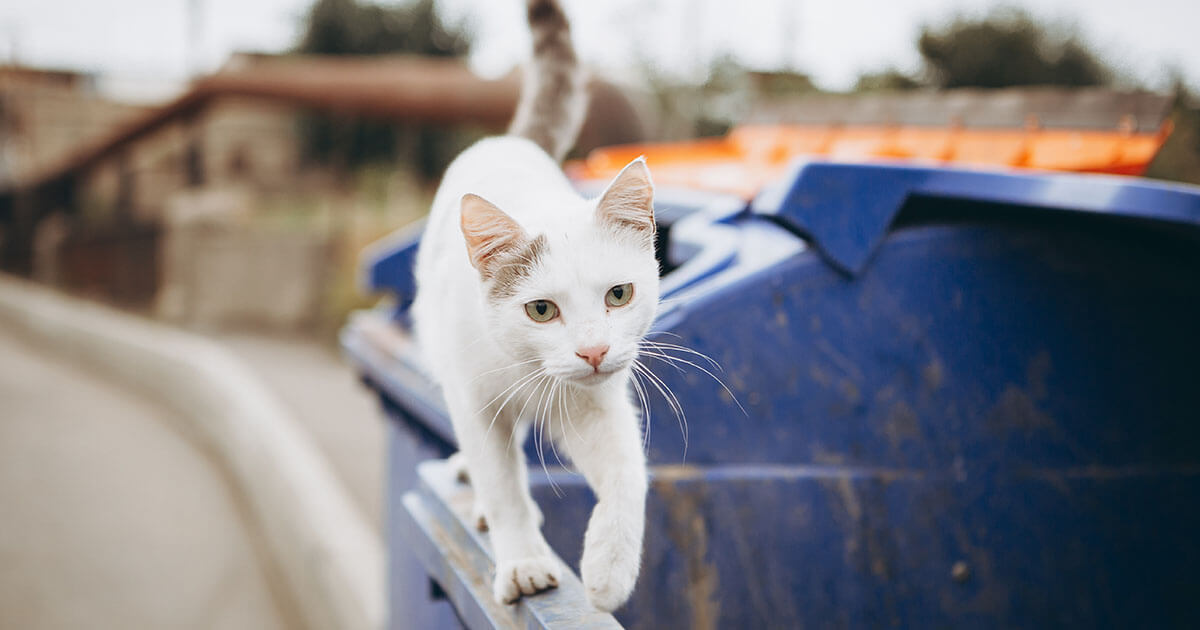During the day, stray cats often seek shelter and rest in quiet, undisturbed areas. They hide under cars, in abandoned buildings, or thick foliage to stay safe and avoid human activity.
Stray cats, those feline wanderers of our urban landscapes, have mastered the art of finding the perfect daytime hideouts. Their survival instinct drives them to select spots that offer protection from predators and the elements. Equipped with stealth and flexibility, these cats squeeze into small spaces, enjoy the warmth of sun-soaked patches, or retreat to cooler shadows during hot weather.
These adept survivors are also drawn to locations where food sources might be abundant, like alleys behind restaurants or residential areas where kind-hearted individuals may feed them. Understanding the habits of stray cats not only satisfies curiosity but also aids in creating supportive environments for these independent animals, highlighting the delicate balance between their wild nature and the man-made world they navigate.

Credit: ocgainesville.org
The Secret Life Of Stray Cats
Have you ever wondered what stray cats do all day? These furry wanderers have a fascinating world of their own. Let’s unlock the mystery of their daily excursions and find out how they thrive without a home to call their own.
Daily Habits And Behaviors
Stray cats are creatures of habit. They usually start their day at dawn. This is their time to explore and hunt. As they move through the day, they follow a distinct pattern:
- Scout for food: Their first task is to find breakfast, which may come from human leftovers, hunting small rodents, or foraging in bins.
- Seek shelter: Midday heat drives them to cool, shaded spots or secret hideaways where they can rest safely.
- Stay social: Cats often join other felines in their quests, forming loose colonies around trusted food sources.
- Groom and rest: Cleaning themselves and relaxing are crucial to maintaining their health and energy for survival.
Survival Tactics In Urban Jungles
In concrete forests, stray cats become cunning survivors. They develop unique strategies to live amidst the chaos:
- They map out territories that offer the best resources with the least threat from predators or traffic.
- Resourceful and adaptable, they find ingenious shelters in abandoned buildings, under cars, or in park bushes.
- Communicating through visual markers and vocalizations, they alert each other to dangers and opportunities.
- They rely on a keen sense of hearing and smell to dodge threats and pinpoint food sources.

Credit: ko-fi.com
Tracking The Trails Of Feral Felines
Curiosity often piques when considering the secret lives of stray cats. These stealthy felines roam our city streets and country lanes, creating paths invisible to the human eye. Let’s uncover the mystery of where these elusive creatures venture during the day.
Using Technology To Uncover Movements
GPS collars and camera traps are modern tools providing a glimpse into the day-to-day travels of stray cats.
- Satellite Tracking: Researchers use lightweight GPS devices to map the routes cats take.
- Camera Surveillance: Motion-activated cameras capture movements without disruption.
Data from these devices show patterns: cats favor certain areas for food and shelter.
Insights From Cat Rescue Organizations
Organizations working with feral cats share valuable observations.
| Observation | Insight |
|---|---|
| Feeding Stations: | Cats often stay near known food sources during the day. |
| Safe Havens: | Quiet, sheltered spots are popular for resting. |
| Social Behavior: | Stray cats may gather in small groups, showing social bonds. |
Local rescues play a key role in understanding these urban explorers. They help dispel myths and provide education on stray cat behavior.
Daylight Hours: What Do Strays Do?
Imagine a city as a playground for stray cats during the day. Stray cats lead secret lives, finding inventive ways to survive. Let’s explore their daily routines.
Hunting Patterns And Scavenging
Stray cats are skilled hunters.
- They stalk prey, such as birds and rodents.
- These cats rely on stealth to catch a meal.
- They also scavenge in trash bins.
Trash bins often become unexpected feasts for these felines.
Some strays follow a strict hunting schedule, typically at dawn or dusk.
Resting Spots And Social Interaction
After a busy morning, strays look for quiet, safe places to rest.
- In parks, under bushes or trees are popular spots.
- They also rest on high perches, away from danger.
- Social cats may band together for safety and warmth.
This rest time is crucial for energy conservation for their night activities.
The Challenge Of Finding Food
The Challenge of Finding Food for stray cats is a daily reality. These feline survivors navigate the urban jungle, constantly on the hunt for a meal.
Adapting Diets To Urban Landscapes
Stray cats are masters of adaptation, especially when it comes to their diet. They often feed on small rodents and birds. However, their diet can vary widely in a city.
- Insects and small reptiles also make up part of their diet.
- They rummage through garbage bins for scraps.
- Leftovers from humans can be a key source of food.
These felines are opportunistic feeders. They eat what they find, and urban environments offer diverse options.
Dependency On Human Provisions
Some stray cats rely heavily on humans for sustenance. Human provisions vary from deliberate feeding by cat lovers to accidental.
| Cat Lovers | Accidental Help |
|---|---|
| Set out food specifically for strays. | Leave food scraps in accessible areas. |
| Possibly provide water and shelter. | Unsecured garbage bins. |
Stray cats that find consistent food sources from humans may gather in small communities. These communities can be found near restaurants, homes, or in alleys.
Indeed, kind-hearted individuals often form bonds with these cats. They provide regular meals, which cats come to expect.
Interactions With Their Ecosystem
Stray cats are masters of adaptation. They blend seamlessly into their urban or rural environments. Understanding how these cats interact with their surroundings sheds light on their daily habits. These interactions significantly affect the ecosystem they inhabit.
Impact On Local Wildlife
Stray cats often hunt for food. This has a big effect on local wildlife populations. Birds, rodents, and insects are common targets. Here’s how they impact each group:
- Birds: Predation by cats can reduce bird numbers, especially in urban areas.
- Rodents: Cats help control rodent populations, providing a form of pest control.
- Insects: Cats can reduce insect numbers, impacting the food chain.
Research shows ecosystems can change when stray cats hunt too much. It’s crucial to keep stray cat numbers in check. This ensures balance and biodiversity.
Coexisting With Humans And Other Animals
Stray cats also interact with humans and other animals during the day. They often stay in places with easy access to food and shelter. This can include parks, alleys, and backyards. Here’s a snapshot of their coexistence:
| Interaction | Detail |
|---|---|
| Humans | Cats may receive food from kind residents or be seen as pests. |
| Dogs | Cats need to steer clear of potential threats like roaming dogs. |
| Other Cats | They form colonies and establish territories for sharing resources. |
It’s important for cats to find balance as they interact with their ecosystem. Being mindful of these interactions helps both stray cats and their environments thrive together.
Mechanisms For Safety And Shelter
Understanding stray cats’ daytime behavior is a glimpse into their survival tactics. Their instincts drive them to seek mechanisms for safety and shelter to protect themselves from threats. Let’s explore where these feline friends retreat during the daylight hours.
Preferred Hiding Places
Stray cats favor hidden spots that offer protection and a quick escape route. These places include:
- Under porches or decks: Provides darkness and seclusion.
- Inside abandoned buildings: Shelters from the elements and humans.
- Culverts and drain pipes: Guards against predators.
- Thick shrubbery: Camouflages them perfectly.
Typically, stray cats opt for familiar territories where they feel most at ease.
Weather-related Behavior Changes
Cats adjust their hideouts based on weather conditions. Observe these changes:
| Weather | Behavior Change |
|---|---|
| Hot Days | Seek shade and cool soil, often under plants or cars. |
| Rainy Days | Look for dry, elevated spots like garages or sheds. |
| Cold Weather | Find insulated spaces, sometimes near warm car engines. |
Each weather condition triggers a unique adaptation in stray cats’ behavior to keep them safe and comfortable.

Credit: meowa.com
Frequently Asked Questions For Where Do Stray Cats Go During The Day
Where Do Cats Hide During The Day?
Cats often hide in quiet, secluded spots during the day. These can include under beds, inside closets, or in dark corners. They seek out these areas for peace and safety.
Where Do Feral Cats Go In The Daytime?
Feral cats often seek shelter during the daytime in quiet, undisturbed places. They may hide under porches, in abandoned buildings, or thick foliage to rest and stay safe.
What Do Outdoor Cats Do During The Day?
Outdoor cats typically spend their days exploring their territory, hunting for food, resting in safe spots, and engaging in social activities with other felines.
Where Do Stray Cats Usually Hang Out?
Stray cats often frequent alleys, abandoned buildings, and quiet neighborhoods. They seek shelter in areas with accessible food sources such as dumpsters behind restaurants or in community parks.
Conclusion
Stray cats showcase a remarkable adaptability in their daily routines. With an instinct to find shelter and food, they roam urban alleys and suburban hideaways alike. We can support these feline explorers by providing safe havens and food sources in our communities.
Let’s coexist compassionately with our mysterious daytime wanderers.

